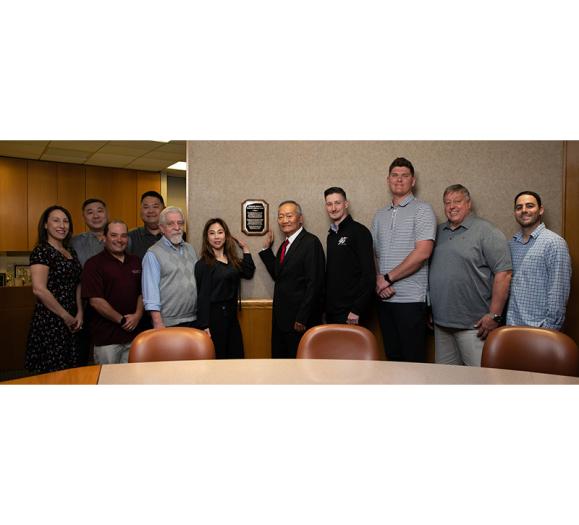Conflict burns a deep hole in your bottom line, pushing your profits down the drain. You’ll never see the line item on your financials, but it’s there: production or project delays, cost overruns, lost sales, unnecessary overtime, inefficiencies created by personality clashes, digging in of heels, ignoring information requests.
According to a 2012 study by Korn Ferry Institute, 85 percent of employees report experiencing conflict on the job. Managers say they spend 50 percent of their time dealing with disputes. What’s a manager or executive to do when conflict grounds progress to a halt? Here are nine steps I’ve successfully used to move organizations from conflict to profit.
1. Create a specific desired outcome with executive management. It often takes someone who is less immersed in the day-to-day doings to have a bigger vision of what’s important, possible and necessary for the organization’s long-term viability and success.
2. Articulate that vision publicly. When the Big Boss says something needs to get fixed and articulates the vision of what “fixed” looks like, people are more likely to pay attention, agree and do something constructive about it.
3. Identify and interview key players NOT involved, but negatively impacted by the drama. This adds a credible, objective, outside perspective because their egos were likely less involved in the situation’s creation. They can provide valuable balance to the mix.
4. Interview key players. The people involved also have a valuable perspective that needs to be heard. This includes the historical context, relevant policies, interests at play and power imbalances.
5. Survey all players. Use an online, anonymous assessment tool to allow people to weigh in and “vent” about their feelings, the impact and even possible solutions without the heat of real-time debate.
6. Articulate the issues. At this point, a clear picture can be drawn of what’s happening, what’s at stake and what possible decisions, actions or strategies might allow the organization to move forward.
7. Design the intervention. Based on all the data collected, discussions need to be had. The current players likely need a structure to have continued, productive, arbitrated brainstorming and decision-making conversations with each other.
8. Facilitate the conversation. Once the meeting agenda is organized, select a facilitator. This could be someone from inside the organization (preferably not a part of the situation) or someone from outside. The person selected must be skilled at managing potentially heated conversations and helping individuals communicate effectively, collaborate, design new processes and procedures and reach a treaty.
9. Monitor the truce. One conversation will not fix everything that was wrong. Meeting periodically ensures that new processes and policies are being followed, are working and that no new issues have come up. It’s better to have regularly scheduled follow-ups to catch things that are going awry before they become catastrophes again. Regular communication will help ensure the truce is followed and that business is remaining productive.
 Loretta Love Huff is a communications expert, professional speaker, business consultant and marketing strategist. You can grab her complimentary conflict resolution tool, “Save the Heads: 66 Simple Things You Can Do to Help Dissolve Disputes” at www.dissolvingdisputes.com. More information about Huff is available at www.emeraldharvest.com.
Loretta Love Huff is a communications expert, professional speaker, business consultant and marketing strategist. You can grab her complimentary conflict resolution tool, “Save the Heads: 66 Simple Things You Can Do to Help Dissolve Disputes” at www.dissolvingdisputes.com. More information about Huff is available at www.emeraldharvest.com.







